
Agmatine
Agmatine is a chemiical substance which is naturally created from the amino acid arginine. Agmatine has been shown to exert modulatory action at multiple molecular targets, notably:neurotransmitter system, ion channels, nitric oxide, synthesis and polamine metabolism and this provide basis for further reasearch into potential applications. Agmatine seems to help manage different chemicals and pathways in the brain. This might improve certain conditions of the brain and nervous system.

Creatine Nitrate
Creatine Nitrate is new form nitrate that is derived from the molecule that gives us cratine monohydrate. This form of creatine is currently being tested so to its worth as nutrition supplements. Creatine Nitrate is more soluble than creatine monohydrate a similar property that other form of creatine have. Creatine nitrate supplementation is likely to be simply creatine supplementation plus nitrate supplementation.

Beta Alanine
Beta Alanine is a natural occurring beta amino acid in which the amino group is to the beta carbon instead of more usual an alpha carbon for alanine. Beta Alanine residues are rare and its a component of peptide carnosine and anserine and also of pentothenic acid which itself ia component of cenzyme A. Beta Alanine is the rate-limiting precursor of carnosine, which is to say carnosine levels are limited by the amount of available Beta Alanine, not histidine

Beta Carotene 10% DG
Beta Carotene 10% DG is a water soluble starch beadlet that contains finely dispersed Beta-Carotene in a matrix of modified corn starch and corn-oil. Used as yellow to orange coloring agent. Beta Carotene is the most common form of carotene in plants. When used as a food coloring, it has the E number E160a. The structure was deduced by Karrer et al. in 1930. Isolation of Beta Carotene from fruits abundant in carotenoids is commonly done using column chromatography.

ARA 10% (Veg Algae)
ARA and DHA are the major PUFAs that constitute the brain membrane. It is structurally related to arachidic acid found in cupuaçu butter. ts name derives from the New Latin word arachis (peanut), but peanut oil does not contain any arachidonic acid. Arachidonic acid is a polyunsaturated fatty acid present in the phospholipids (especially phosphatidylethanolamine, phosphatidylcholine, and phosphatidylinositides) of membranes of the body's cells, and is abundant in the brain, muscles, and liver.

Betaine Hcl
Betaine Hcl is manmade form of betaine previously used as a source of hydrochloric acid. Betaine Hcl was previously available as an over the counter (OTC) medicine to increase the stomach acid in people wit low stomach acid. Betaine hydrochloride is used for many conditions, including diarrhea, increasing stomach acid, and others, but there is no good scientific evidence to support any use. Don't confuse betaine hydrochloride with betaine anhydrous.

DHA 10% (Veg Algae)
Docosahexaenoic acid (DHA) 10% (Veg Algae)is an omega-3 fatty acid hat primarily structure component of human brain, cerebral cortex, skin and retina. DHA 10% (Veg Algae)structure is carboxylic acid, cos double bond with a 22 carbon chain with the double bond located at third carbon from the omega end. DHA is also commercially manufactured from microalgae: Crypthecodinium cohnii and another of the genus Schizochytrium. DHA manufactured using microalgae is vegetarian

Betaine Anhydrous
Betaine Anhydrous is a chemical that occurs naturally in the body. It can also be found in the foods such as beets , spinach, cereal, seafood and wine.
A specific betaine anhydrous product is approved by the U.S. Food and Drug Administration (FDA) for treatment of high urine levels of a chemical called
homocysteine (homocystinuria) in people with certain inherited disorders.
Betaine Anhydrous supplements are sometimes used for reducing blood homocystein levels etc,.

EPA 10%
EPA 10% is an omega 3 fatty acid that is found along DHA in cold water fish tuna and salmon. EPA 10% reduces the risk of blood clotting
reduces triglyceride levels in the blood, and has effect that might reduce pain swelling. As a supplement people most commonly use EPA 10% for heart disease ,
preventing heart attack and depression.
Key Benefits:
It helps to promote the joint health.
Assist in healthy functioning of the heart.

Choline Bitartrate
Choline Bitartrate is an essential nutrient that supports vital body function and people's overall health.
Choline Bitartrate supports multiple body function including:
It helps in cell maintenance
It helps in DNA synthesis.
It helps metabolize fats.
It helps in nervous system functioning.
Choline is also the building block of lecithin and sphingomyelins. Lecithin is a part of cell walls, plasma, and lipoproteins. Sphingomyelin is the insulating material of brain and nerve tissue.
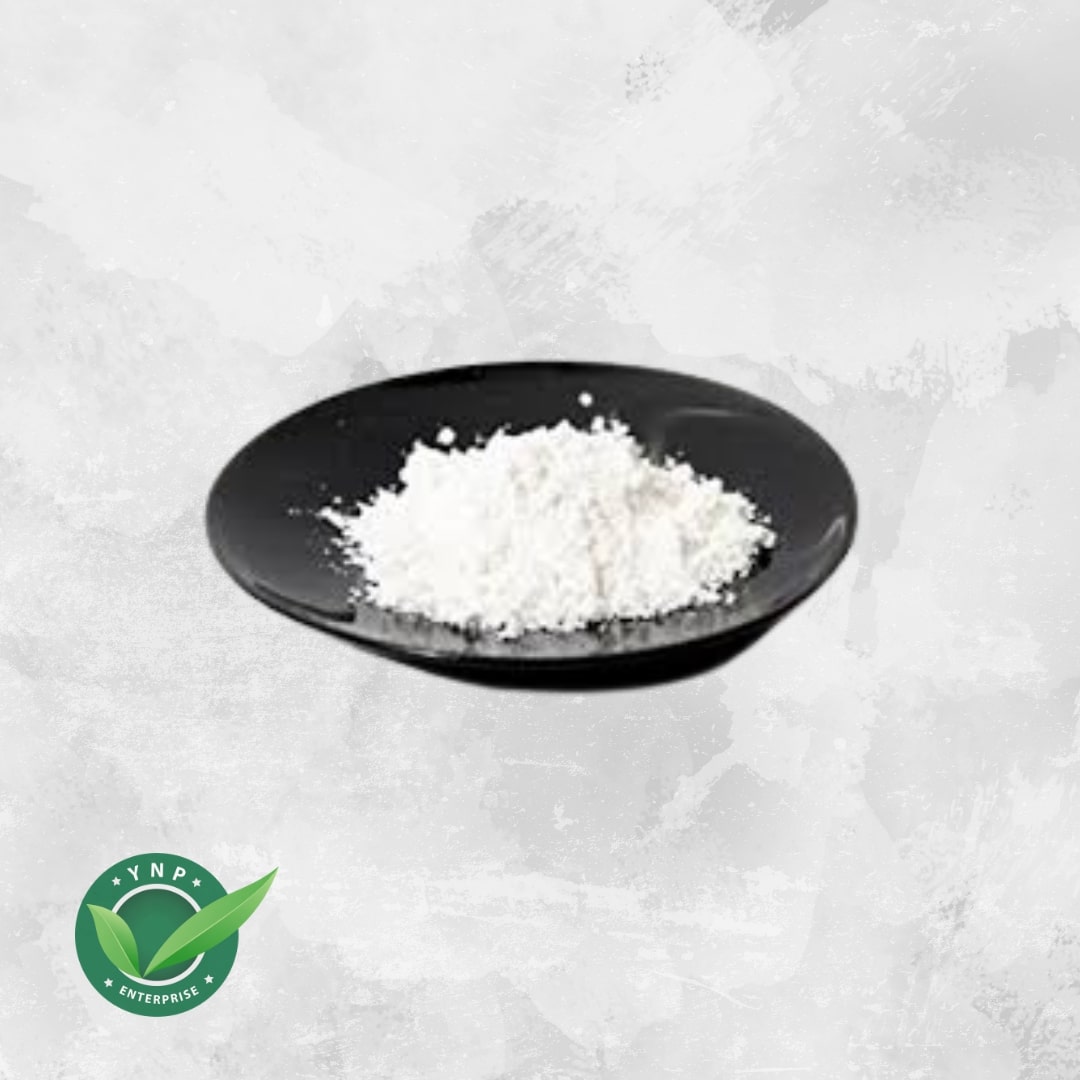
Glutathione
Glutathione is an anti-oxidant in plants, animals, fungi and some bacteria archaea. Glutathione is capable of preventing damage to impotant cellular component caused by reactive oxygen suc as free radicals, peroxides, lipid peroxides and heavy metals. Its a tripeptide with a gamma peptide between the carboxy group of the cystein residue is attched by normal peptide leakage to glycine. Glutathione is the most abundant thiol in animal cells, ranging from 0.5 to 10 mM.
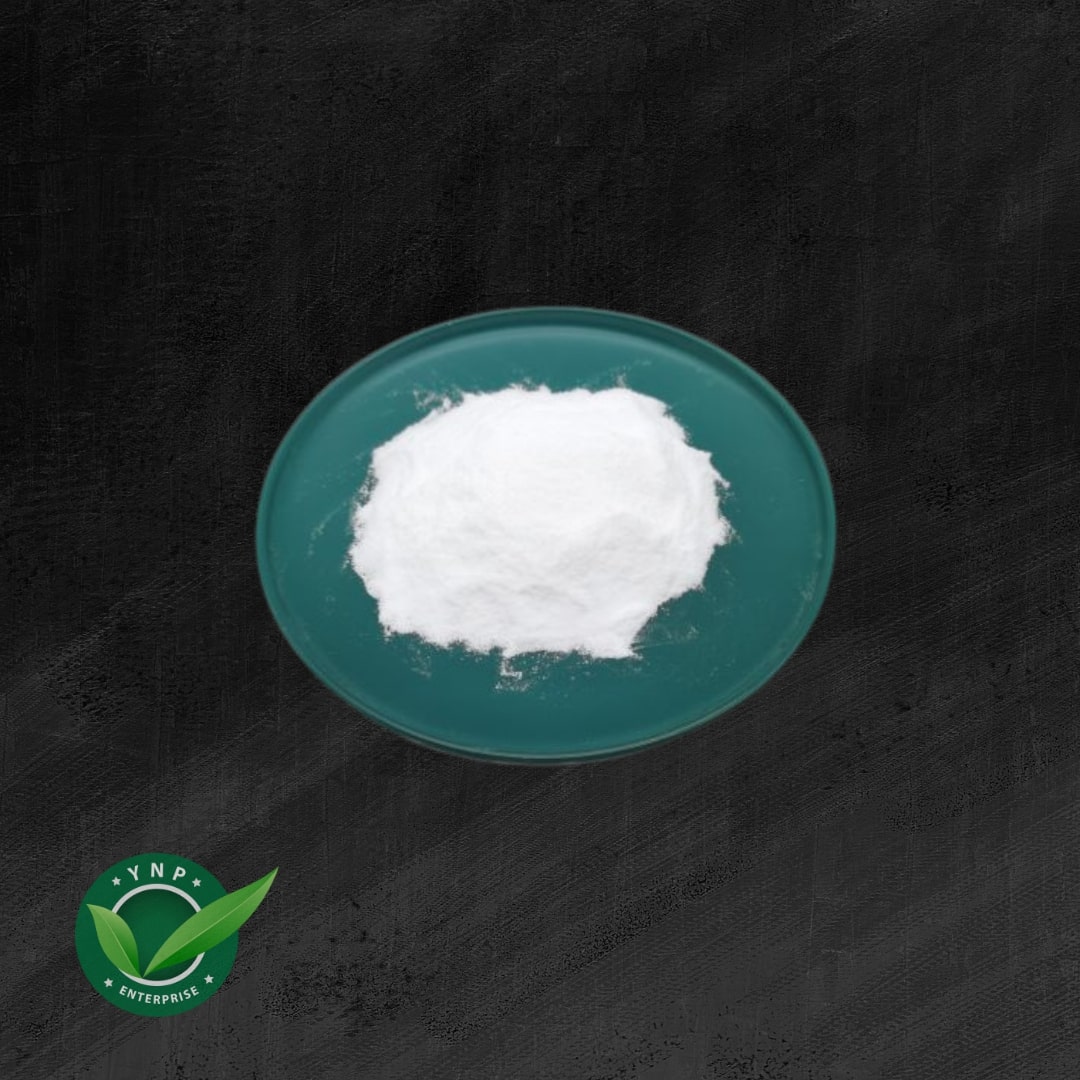
Carnosine
Carnosine is dipeptide molecule , made up of the amino acids beta muscle and brain tissues. Carosine was discovered by Russian chemist Vladimir Gulevich. Carnosine is naturally produced by the body in the liver. Carnosine is readily available as a synthetic nutritional supplement. Carnosine is synthesized within the body from beta-alanine and histidine. Beta-alanine is a product of pyrimidine catabolism and histidine is an essential amino acid. Carnosine has a pKa value of 6.83, making it a good buffer for the pH range of animal muscles.
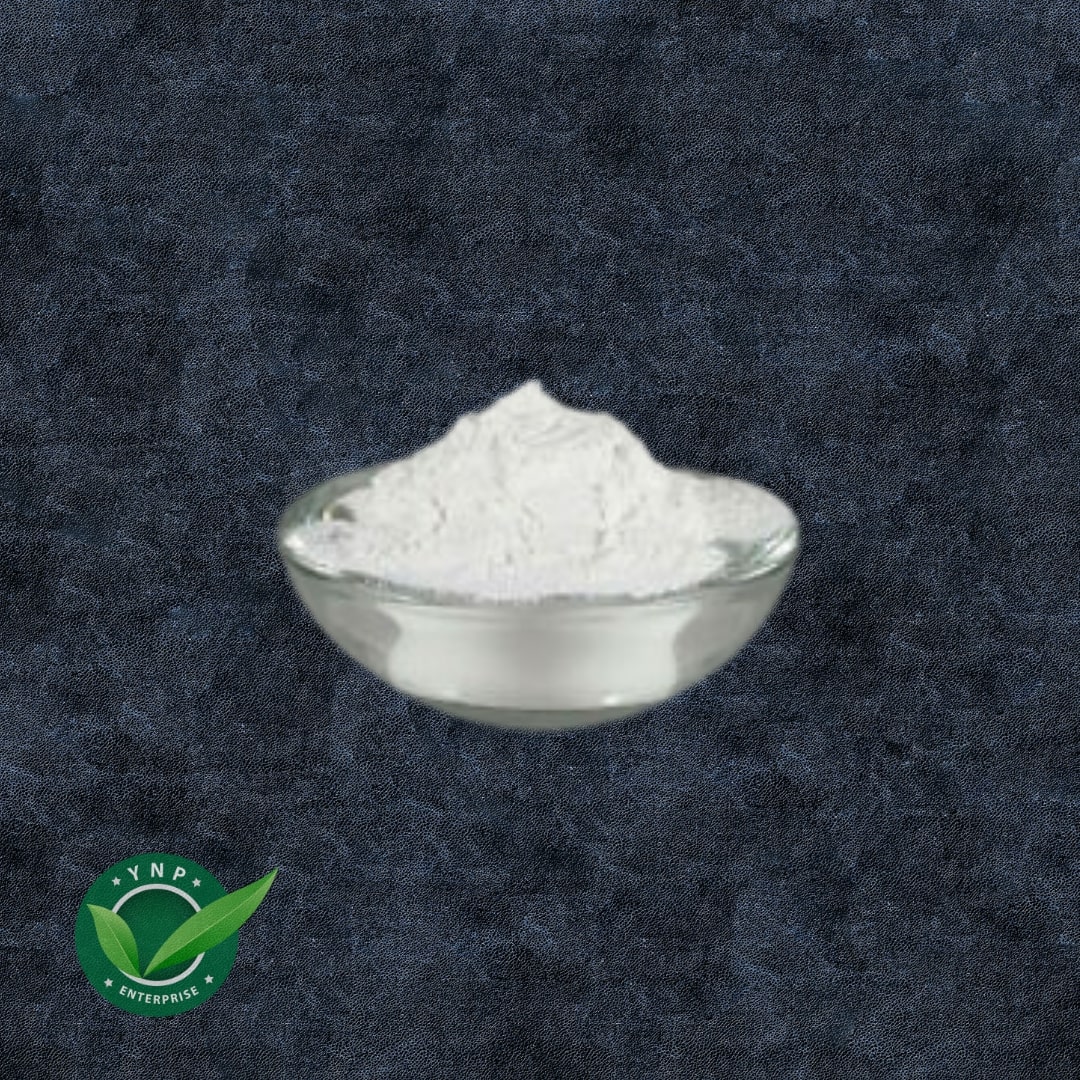
Hyaluronic Acid
Hyaluronic Acid is an anionic, non-sulfated glycosaminoglycan distributed widely throughout connective, epithelial, and neural tissues. Its id unique among glycosaminoglycansas it is non-sulfated, forms in the plasma membrane instead of the Golgi apparatus, and can be very large. Hyaluronic acid is an important component of articular cartilage, where it is present as a coat around each cell (chondrocyte). Hyaluronic acid is also a major component of skin, where it is involved in repairing tissue.
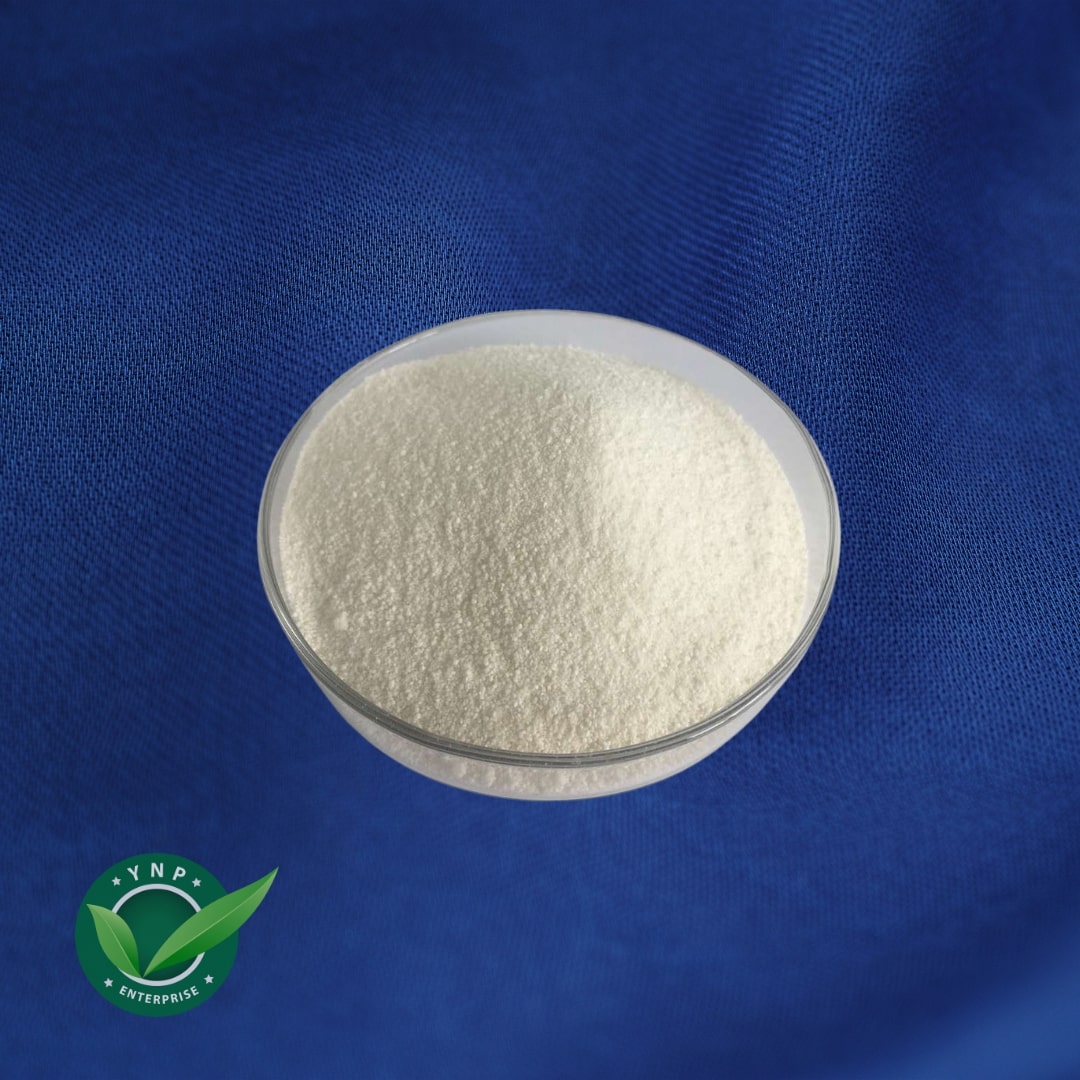
Conjugated Linoleic Acid (cla 60%)
Conjugated Linoleic Acid (cla 60%) is an essential fatty acid which is important for good health. We only get small amount of it from the food we eat. Conjugated Linoleic Acid (cla 60%) is also an antioxidant that may have other health benefits. A study shows that Conjugated Linoleic Acid (cla 60%) supplements may help people who are obese. Conjugated linoleic acid is both a trans fatty acid and a cis fatty acid. The cis bond causes a lower melting point and, ostensibly, also the observed beneficial health effects.
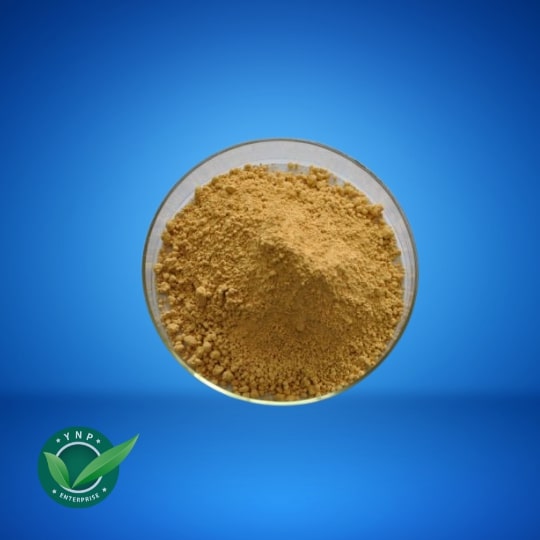
Silymarin UV 80%
Silymarin UV 80% is used in the treatment of chronic liver disease and liver cirrhosis. Liver disease leads to disturbance of vital liver functions. Silymarin is obtain from milk thistle plant. Silymarin's main component is silybinin, which has strong anti oxcidative and antifibrotic properties. Silymarin has been shown to possess antioxidant effect against UV radiation in mouse skin model, and therefore has been tested against photo-carcinogenic effect of UV radiation.
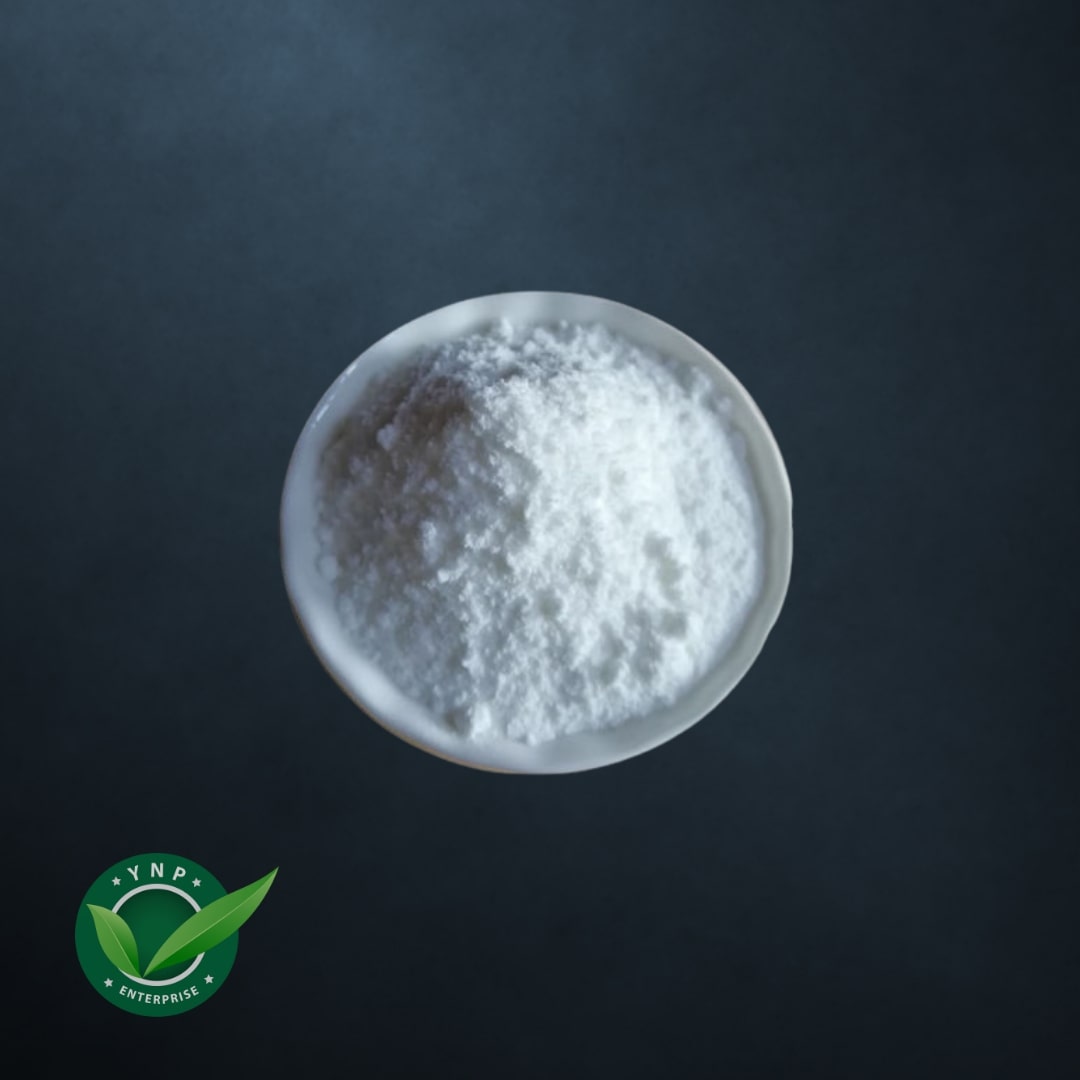
Creatine Monohydrate
Creatine Monohydrate contains 3 g of fast-absorbing micronized creatine in each serving for rapid absorption rate with faster results in building strength and endurance. Creatine Monohydrate replenishes your energy levels that enhances your body's capacity to perform high-intensity workouts, lift heavier and improve physical performance Creatine Monohydrate helps in muscle volumization, improves lean muscle mass and actual gains in size & strength making it a favourite of athletes, bodybuilders, power-lifters, and cross-fitters.
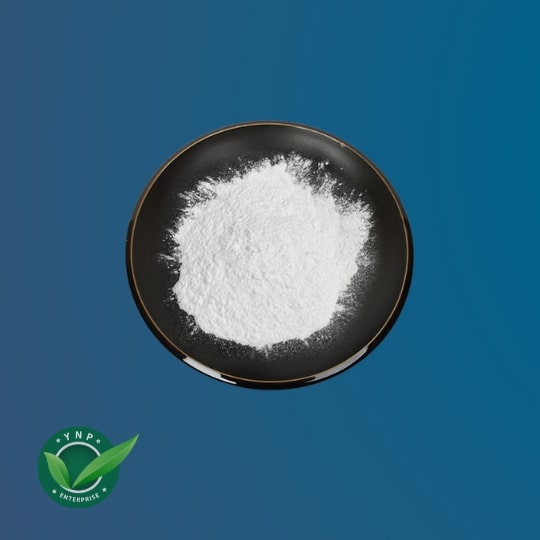
Sodium Hyaluronate
Sodium hyaluronate is the sodium salt of hyaluronic acid, a glycosaminoglycan found in various connective tissue of humans. Sodium hyaluronate functions as a tissue lubricant and is thought to play an important role in modulating the interactions between adjacent tissues. It forms a viscoelastic solution in water. Sodium hyaluronate functions as a tissue lubricant and is thought to play an important role in modulating the interactions between adjacent tissues. It forms a viscoelastic solution in water.
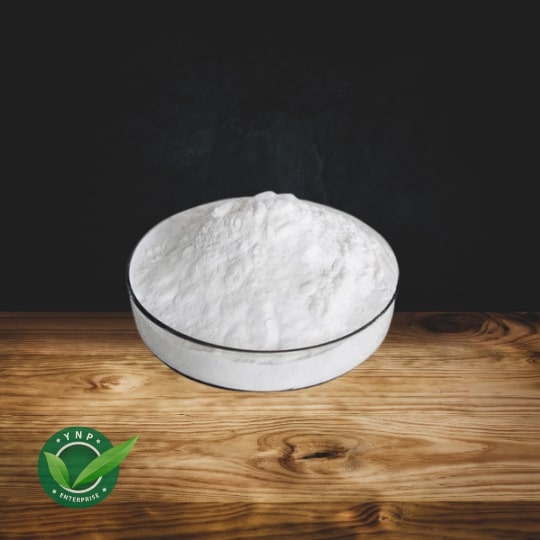
Creatine Hcl
People use creatine hcl because creatine hcl include better solubility, bioavailability, increased plasma uptake and no bloating or cramping. You can take a small micro-dose of creatine hydrochloride (hcl) versus taking a massive dose of 3-5 grams of creatine monohydrate. the benefits of using kaged muscle brand creatine hcl, Unfortunately, not all creatine hcl is created equal. Expert research suggests that you only need a daily quarter of a teaspoon of creatine HCL for it to be effective,HCL is effective in tiny doses.
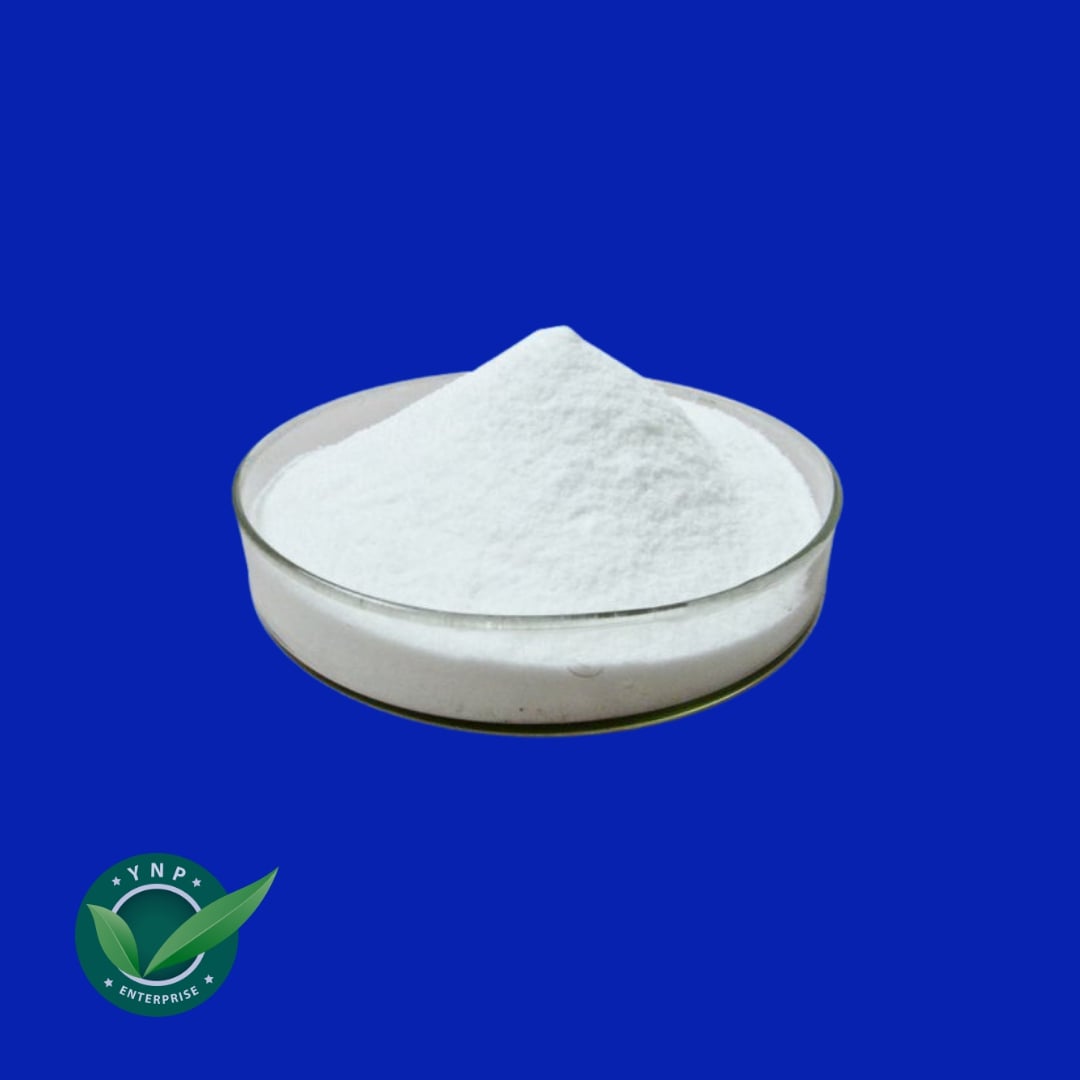
L Taurine
L Taurine is an organic compound that is widely distributed in animal tissues. It is a major constituent of bile and can be found in the large intestine, and accounts for up to 0.1% of total human body weight. It has many biological roles, such as conjugation of bile acids, antioxidation, osmoregulation, membrane stabilization, and modulation of calcium signaling. It is essential for cardiovascular function, and development and function of skeletal muscle, the retina, and the central nervous system.
 YNP ENTERPRISES
YNP ENTERPRISES